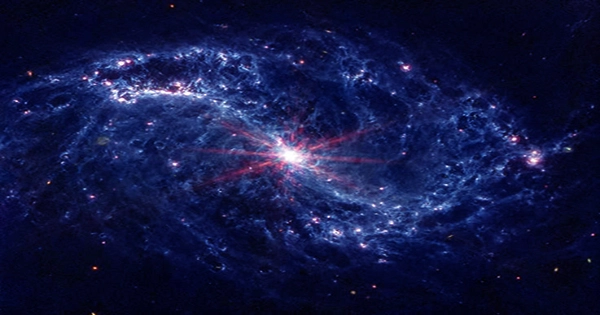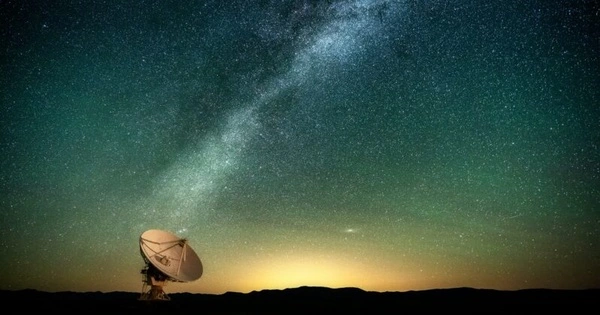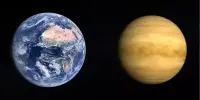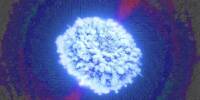One of the first observations made by NASA’s James Webb Space Telescope in June 2022 was the uncommon sight of a Wolf-Rayet star, which is one of the brightest, largest, and barely detectable stars known. With the help of its potent infrared sensors, Webb reveals the star WR 124 in unprecedented detail. The star is located in the constellation Sagitta 15,000 light-years distant.
Webb’s thorough observations of this uncommon phase are useful to astronomers because massive stars speed through their lifecycles and only a few of them undergo a brief Wolf-Rayet phase prior to going supernova. The characteristic halos of gas and dust that surround Wolf-Rayet stars are the product of the stars’ process of shedding their outer layers.
The star WR 124 is 30 times as massive as the Sun and has so far expelled material equivalent to 10 Suns. Cosmic dust develops as the ejected gas cools and moves away from the star, and Webb can see this as it glows in the infrared light.
Astronomers are very interested in the origin of cosmic dust because it can survive a supernova explosion and add to the overall “dust budget” of the universe. Dust is essential to how the cosmos functions because it protects young stars, collects to help create planets, and provides a surface for molecules to form and clump together, including those that are the basis of life on Earth.
Despite the numerous crucial roles that dust performs, the universe still contains more dust than what is currently predicted by dust-formation theories. The budget for dust in the cosmos is surplus.
The details in cosmic dust, which can best be seen in infrared radiation, can now be studied thanks to Webb. The Near-Infrared Camera (NIRCam) on Webb strikes an equilibrium between the bright stellar center of WR 124 and the intricate details in the surrounding gas. The star’s surrounding gas and dust nebula can be seen to have a clumpy shape thanks to the Mid-Infrared Instrument (MIRI) on the telescope. The issue of how much dust is produced in environments like WR 124 and whether the dust grains are large and plentiful enough to survive the supernova and contribute significantly to the total dust budget were simply not explored by dust-loving astronomers before Webb. These queries can now be researched using actual data.
Astronomers can better comprehend a crucial period in the universe’s early history by using stars like WR 124 as analogs. The heavy elements that are now prevalent in the modern period, including on Earth, were first seeded in the young universe by similar dying stars that had been forging them in their cores.
A brief, turbulent period of transformation is preserved eternally in Webb’s fine-grained image of WR 124, and it heralds future findings that will shed light on the long-obscured mysteries of cosmic dust.
The best space scientific observatory in the world is the James Webb Space Telescope. In addition to looking beyond our solar system to distant planets orbiting other stars, Webb will delve into the enigmatic structures and origins of the universe and our position within it. The European Space Agency, the Canadian Space Agency, and NASA are all participants in the global initiative known as Webb (Canadian Space Agency).
















